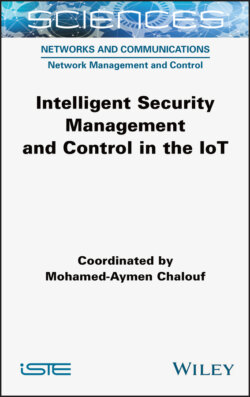Читать книгу Intelligent Security Management and Control in the IoT - Mohamed-Aymen Chalouf - Страница 48
2.5.2. Regulation system for arrivals
ОглавлениеThe diagram in Figure 2.6 describes the system that makes it possible to control the number of attempts from IoT objects. This system is based on the diffusion of the blocking factor at the terminals, through the SIBs which are broadcasted, and more particularly through the Type14 SIB block, which makes it possible to diffuse the access blocking parameters (ETSI 2019).
Following the reception of the blocking factor, the terminals wishing to carry out transmission execute the ACB, which allows them to pass to the following stages with a probability p, which is calculated by our TD3 based controller. These terminals can, consequently, attempt access by choosing a preamble at random from among the available preambles. Knowing the state of the preambles, the gNodeB can estimate the number of attempts made. This measure is very noisy, since the model given only makes it possible to estimate averages. We take an average estimate of the number of devices. We use a sliding average to do this.
The controller, we have proposed, receives these measurements, augmented from the revenue, at the end of each preamble. The revenue obtained enables it to know the quality of the actions taken. These different data are placed in a memory of past experiences. This is a random sub-set of this memory that will enable it to learn robustly and to choose, subsequently, a new action.
These different actions are repeated cyclically.
Figure 2.6. System for regulating arrivals
